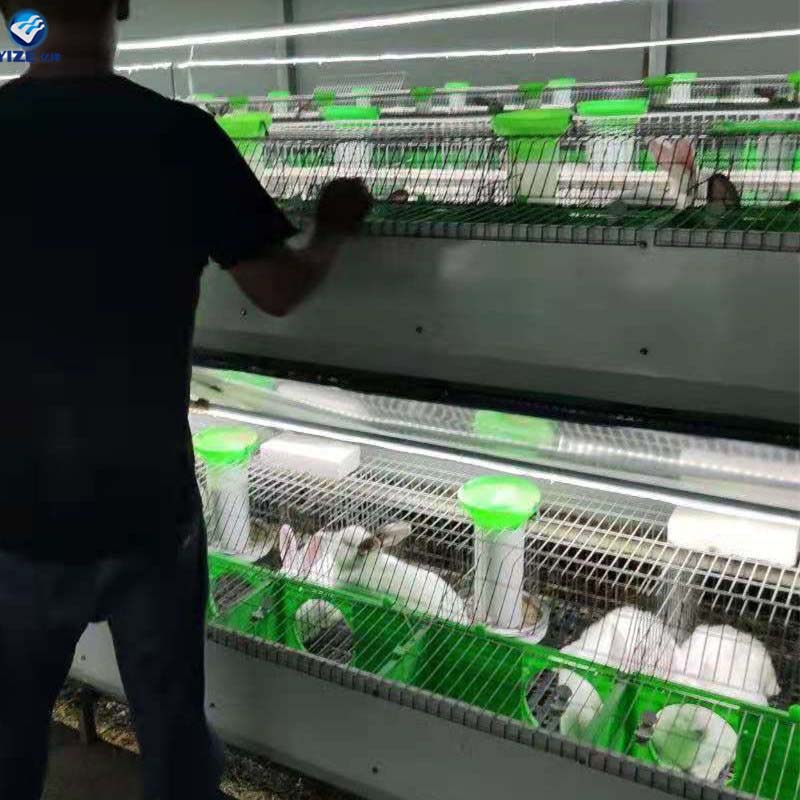Innovative Solutions for Safe and Efficient Chicken Transport Cages
Nov . 04, 2024 12:07 Back to list
Innovative Solutions for Safe and Efficient Chicken Transport Cages
The Importance of Chicken Transport Cages in Poultry Farming
In the poultry industry, transporting chickens efficiently and humanely is crucial. Whether for formal shows, new homes, or processing plants, the way chickens are transported reflects the industry's commitment to animal welfare and operational efficiency. A vital component of this process is the chicken transport cage. This article explores the significance of chicken transport cages, their designs, benefits, and the best practices for their use.
Understanding Chicken Transport Cages
Chicken transport cages are specially designed enclosures that safeguard the well-being of chickens during transit. These cages are typically made of durable materials like galvanized steel or high-density polyethylene, ensuring robustness and longevity. The design often includes ventilation openings, secure latching systems, and a layout that allows for some movement and comfort for the birds.
Transport cages are available in various sizes and configurations to accommodate different breeds and stages of life. For young chicks, smaller cages are more suitable, whereas larger breeds may require more spacious accommodations. The proper size is essential not only for comfort but also to minimize stress, which, in turn, contributes to better overall health and quality of life for the transport duration.
Benefits of Using Transport Cages
1. Animal Welfare The foremost advantage of chicken transport cages is the welfare of the chickens. A well-designed cage reduces stress and injury risks, such as bruising or breakage of wings. Adequate space and ventilation help regulate body temperature and prevent suffocation or heat stress.
2. Biosecurity Cages play a crucial role in biosecurity. They can be easily sanitized between uses to minimize the risk of disease transmission. Using these cages creates controlled environments that help prevent the spread of pathogens, ensuring that healthy birds reach their final destination.
3. Operational Efficiency Transport cages enable farmers and transporters to move chickens more efficiently. Standardizing cage designs allows for easier loading, unloading, and stacking during transportation. This can reduce transportation costs and streamline logistics, enabling poultry producers to meet market demands timely.
4. Compliance with Regulations Many countries have enacted animal welfare regulations that specify how livestock, including poultry, should be transported. Using appropriate transport cages helps poultry producers comply with these regulations, reducing the risk of fines and enhancing their reputation within the industry.
chicken transport cage

Best Practices for Chicken Transport
To maximize the benefits of chicken transport cages, certain best practices should be observed
1. Selecting the Right Cage Size It is crucial to choose a cage that provides enough space for the birds to stand upright, turn around, and lie down comfortably. Overcrowding can lead to stress-related issues and injury.
2. Ventilation Proper ventilation is essential to ensure that chickens receive enough fresh air during transport. Cages should have adequate airflow to prevent overheating, especially during long journeys or in warmer months.
3. Regular Inspection and Maintenance Transport cages should be inspected before each use for wear and tear. Regular maintenance helps identify weaknesses or damages that can lead to injury during transit.
4. Acclimatization Before transportation, chickens should be acclimatized to the cages. Allowing them to enter the cages a few hours prior to transport can reduce anxiety and make the journey smoother.
5. Gentle Handling Care should be taken when loading and unloading cages. Gentle handling minimizes stress and prevents injuries to the birds. Training staff on proper handling techniques can significantly enhance animal welfare.
Conclusion
Chicken transport cages are indispensable in the poultry industry, balancing the needs for efficiency and animal welfare. By ensuring that chickens are transported in safe, comfortable, and compliant environments, farmers can maintain high standards in animal husbandry. As consumer demand for ethical farming practices continues to rise, the focus on quality transport of poultry will likely remain a critical element in sustainable poultry production. Therefore, investing in high-quality chicken transport cages and adhering to best practices is not just beneficial—it's essential for the success and integrity of poultry farming operations.
-
Automatic Feeding Line System-Poultry Farming|Chicken Feeding&Watering
NewsJul.30,2025
-
Automatic Feeding Line System - Anping County Yize Metal Products Co., Ltd.|Pan Feeder Nipple Drinker,Broiler Farming
NewsJul.30,2025
-
Automatic Feeding Line System Pan Feeder Nipple Drinker-Anping County Yize Metal Products Co., Ltd.
NewsJul.30,2025
-
Automatic Feeding Line System-Anping County Yize Metal Products Co., Ltd.|Durable Construction&Easy Maintenance
NewsJul.30,2025
-
Automatic Feeding Line System-Anping County Yize Metal Products Co., Ltd.|Pan Feeder Nipple Drinker&Durable Poultry Farming Solution
NewsJul.30,2025
-
Automatic Feeding Line System Pan Feeder Nipple Drinker|Anping County Yize Metal Products Co., Ltd.
NewsJul.29,2025






